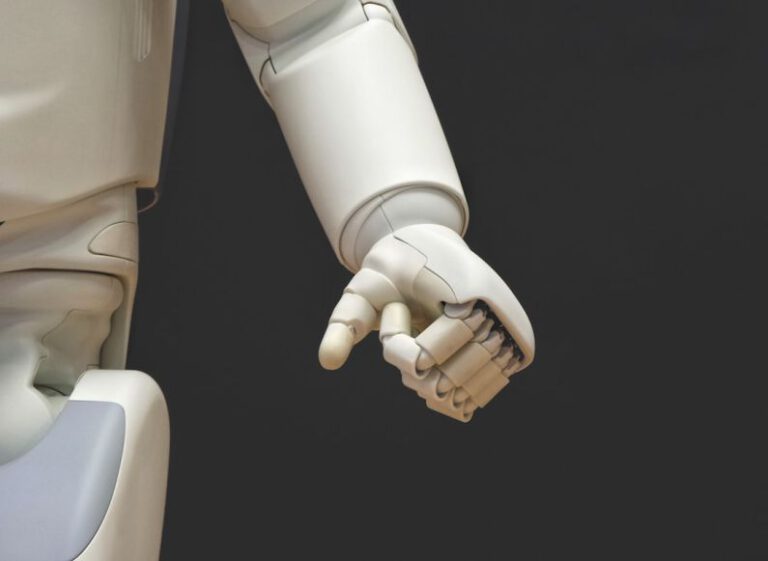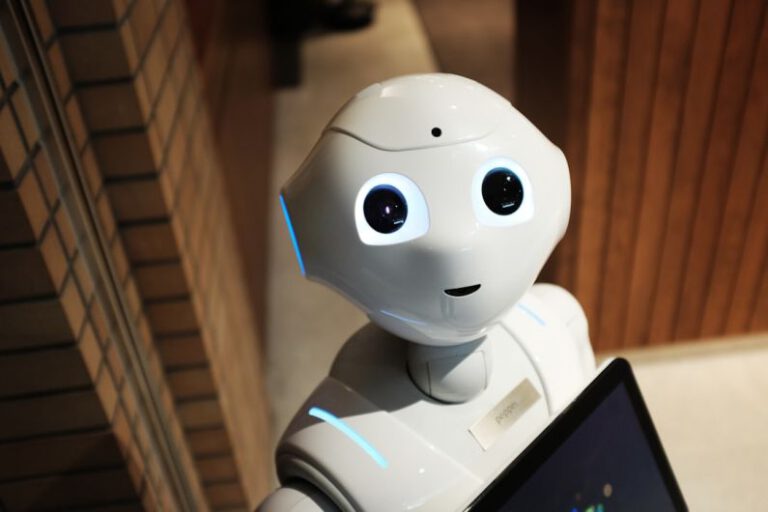Robots in Disaster Relief: Brave New Helpers
In the face of natural disasters and humanitarian crises, the role of technology is becoming increasingly prominent. Among the latest innovations making waves in disaster relief efforts are robots. These mechanical marvels are proving to be indispensable helpers in challenging situations where human intervention may be limited or too risky. With their ability to navigate treacherous terrains, provide vital information, and even deliver aid, robots are revolutionizing the way we respond to emergencies. Let’s delve into the brave new world of robots in disaster relief.
**Robots as First Responders**
One of the most significant advantages of utilizing robots in disaster relief is their capability to act as first responders in hazardous environments. Whether it’s a collapsed building after an earthquake or a chemical spill in a factory, sending in robots equipped with sensors and cameras can provide crucial data to aid rescue teams in their operations. These robots can access areas that may be too dangerous for human rescuers, minimizing the risk of injury or loss of life. By gathering real-time information and assessing the situation, robots play a vital role in the initial stages of a disaster response, laying the groundwork for subsequent human intervention.
**Search and Rescue Operations**
Search and rescue missions in disaster-stricken areas can be incredibly challenging, especially when time is of the essence. Robots equipped with advanced sensors, cameras, and even drones are proving to be invaluable assets in locating survivors trapped in the rubble or remote locations. These robots can cover vast areas quickly, scanning for signs of life and transmitting critical data back to rescue teams. In situations where every minute counts, the speed and efficiency of robots in search and rescue operations can mean the difference between life and death.
**Aerial Drones for Damage Assessment**
Aerial drones have become indispensable tools in disaster relief efforts, particularly for assessing the extent of damage in hard-to-reach or dangerous areas. Equipped with high-resolution cameras and thermal imaging technology, drones can provide detailed aerial footage that helps emergency responders prioritize their efforts and allocate resources effectively. By surveying large areas in a fraction of the time it would take ground teams, drones play a crucial role in streamlining disaster response operations and ensuring a more targeted and efficient approach to relief efforts.
**Medical Assistance and Aid Delivery**
In addition to their role in reconnaissance and search and rescue operations, robots are also being deployed to provide medical assistance and deliver aid to those in need during disasters. From robotic exoskeletons that assist patients with mobility issues to drones capable of delivering medical supplies to remote or inaccessible areas, these technologies are revolutionizing the way healthcare is delivered in emergency situations. By augmenting the capacity of healthcare professionals and relief workers, robots are helping to bridge gaps in services and ensure that critical aid reaches those who need it most.
**The Future of Robots in Disaster Relief**
As technology continues to advance at a rapid pace, the potential for robots to play an even more significant role in disaster relief efforts is vast. From autonomous robots that can collaborate with human teams to swarm robotics systems that can work together in coordinated efforts, the future holds exciting possibilities for the integration of robots into emergency response protocols. By harnessing the power of artificial intelligence, machine learning, and robotics, we are entering a new era where robots are not just tools but essential partners in mitigating the impact of disasters and saving lives.
**Innovations in Action**
The deployment of robots in disaster relief scenarios is not just a theoretical concept; it is a reality being witnessed around the world. From earthquake-stricken regions to hurricane-ravaged communities, robots are proving their mettle in the most challenging of circumstances. With each successful mission and innovative application, the potential for robots to revolutionize the way we respond to disasters becomes more evident. As we look to the future, it is clear that these brave new helpers will continue to play a pivotal role in shaping the landscape of disaster relief efforts globally.
**Embracing the Future**
As we navigate an increasingly complex and unpredictable world, the integration of robots into disaster relief operations offers a beacon of hope and progress. By embracing the potential of these technological marvels and harnessing their capabilities to their fullest extent, we can build more resilient and effective systems for responding to emergencies. The brave new world of robots in disaster relief is not just a vision for tomorrow; it is a reality that is shaping the present and paving the way for a safer and more secure future for all.






